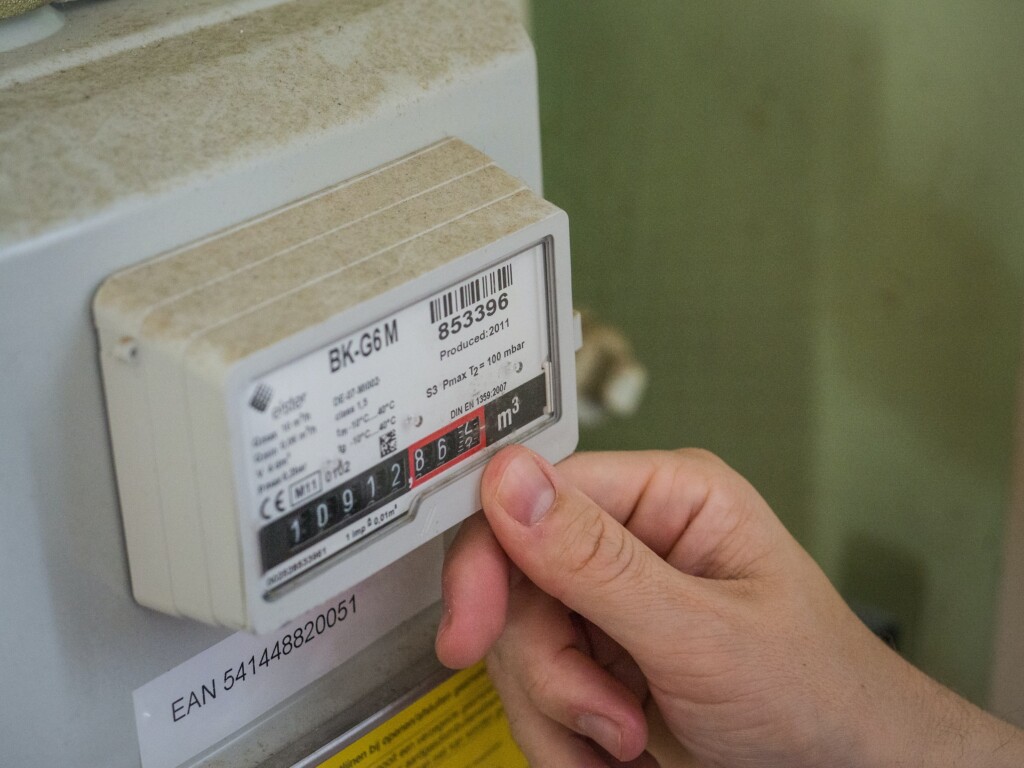Cost of Living Crisis & The Social Housing Sector: How Rising Prices Are Impacting Tenants & Landlords
The cost of living crisis has dominated the news over the past few months and as a pressing issue affecting several sections of society, is something that shows little signs of abating. The latest data from the Office for National Statistics (ONS) suggests that even with the £2,500 energy bill price cap recently announced by newly installed Prime Minister Liz Truss, many will still face a tough winter in terms of making ends meet.
ONS’ most recent survey conducted between 31 August and 11 September indicates that almost most half of UK adults who pay energy bills say they are struggling to afford them. The ONS data reveals that 48% of adults said they were finding it ‘very or somewhat difficult’ to afford their energy costs, suggesting that despite the recently announced support, the cost of living crisis looks likely to continue to have an effect on household budgets.

.
Lower-income households are predicted to feel the pinch even more and given that historically, those residing in social housing are drawn from this income bracket, it’s inevitable that we will see a knock-on effect that impacts social tenants and their landlords. The squeezing of available incomes will not only affect tenants ability to keep on top of rent payments but in failing to make those payments HAs and local authorities’ rental incomes will also be at risk as many tenants fall into arrears. In fact, the latest data from Mobysoft’s RentSense platfom suggests that from January to July 2022 there has been a 30.84% increase in tenants who have a reducing credit balance and are at risk of falling in to arrears.
Feeling The Pinch
Mobysoft Strategic Director and former CFO of Lincolnshire Housing Partnership, Julie Lorraine, said: “The expectation is across the sector is that we’ll begin to see more tenants in arrears, and in particular, an increase in numbers of those that have not been in arrears before.
“To address this and stop social housing providers from seeing a significant decrease in rental income essential to fund ongoing repairs and maintenance, they need to intervene at an earlier juncture in order to identify and offer the additional support and flexible payment arrangements essential to minimise negative effects on cashflow.”
According to Inside Housing’s annual analysis of housing associations’ financial accounts, English HAs spent a combined £5.4bn on repairs and maintenance across 2020-21; a significant amount that must be funded via rental income from housing stock. Taking this into account, it’s evident that early intervention to support tenants in their ability to pay (in order to reattribute funds to property maintenance ultimately resulting in improvements to tenants lived experience of social housing) is imperative.

.
Focusing On The Right Metrics
The biggest question amongst social housing sector staff however is certainly ‘how do we stop what looks to be an inevitable increase in arrears?’. Many councils and HAs are heavily reliant on the accuracy of caseloads as reported by their Housing Management Systems (HMS), but those systems and the KPIs used may not always be the best metrics to highlight early intervention.
“Historic metrics such as average debt per property may indicate improving performance and show figures reducing, but actually mask the fact that this is because more tenants are falling into debt from a credit balance” said Julie Lorraine.
“If boards and senior leadership teams are to successfully support their tenants through the cost of living crisis they should be focused on metrics such as number of debtors, shifts in credit balances, and the methods by which tenants are now paying.
“In continually chasing output KPIs that measure from corporate inputs, social housing providers risk missing the real issues in not considering the customer voice and focusing on people-centric outcomes – be that the implementation of a payment plan, directing tenants to support networks, or simply identifying potential arrears cases accurately before they occur.”
Mobysoft Strategic Director and former CFO of Lincolnshire Housing Partnership, Julie Lorraine
If you are interested in getting a report for your organisation please fill out our contact form.
- Staff Spotlight: Jack Pawson - July 23, 2024
- This Month In Social Housing: June 2024 - June 28, 2024
- Customer Success Snapshot: London Borough of Barking & Dagenham - June 21, 2024